CARING WITH FAMILY
|
| The warmth and affection a breed is prone to show towards family members or familiar faces can vary significantly from one breed to another. Certain breeds may display a reserved demeanor reserving their affection exclusively for their owner. In contrast, other breeds are more gregarious treating anyone they're well-acquainted with as though they're a beloved companion. |
LOVE WITH CHILDREN
Unwise
Good With Children
|
| A breed's degree of patience and toleration towards children's antics, as well as its inherent family-friendly traits, play crucial roles in its compatibility with family life. Regardless of a dog's breed, it's essential to maintain supervision when dogs are in the company of young kids or children of any age who aren't familiar with how to interact with dogs. This ensures a safe and positive experience for both the children and the dog. |
BEHAVIOR WITH DOGS
Unwise
Good With Other Dogs
|
| The natural inclination of a breed to be sociable with other canines can vary. While some dogs may have a predisposition to harmonize seamlessly with their fellow four-legged companions, supervision during interactions and first-time meetings with other dogs is always advised. Certain breeds are inherently more sociable and are more likely to exhibit friendliness towards other dogs, be it within the home environment or out in public spaces. |
SHEDDING LEVELS & MANAGEMENT
No Shedding
Hair Everywhere
|
| The amount of fur a breed is likely to shed can vary widely. Breeds known for heavy shedding will require more frequent grooming sessions to manage loose hair. They are also more likely to activate allergies related to pet dander and will call for more regular cleaning routines, such as vacuuming and using lint rollers to pick up stray hairs around the home. |
COAT GROOMING STANDARDS
|
| The grooming needs of a breed including how often it requires a bath, brushing, trimming or other coat care, can vary significantly. When evaluating the grooming requirements of a breed, it's important to consider the amount of time, patience and financial resources you're willing to dedicate to this aspect of care. Keep in mind that regardless of the breed regular nail trimming is a universal necessity for all dogs to maintain their overall health and comfort. |
DROOLING INTENSITY
Less Likely to Drool
Always Have a Towel
|
| The tendency of a breed to drool can be a significant factor for individuals who prefer a tidy environment. Some breeds are known for their "dry mouths," meaning they don't drool much, while others are famous for leaving traces of slobber on skin, furniture and clothing. If keeping a spotless home is a priority and the thought of cleaning up saliva doesn't appeal to you opting for a less drool-prone breed might be the best match for your lifestyle. |
COAT STYLES GUIDE |
| Double |
| COAT SPECTRUM |
| Medium |
FRIENDLINESS
Reserved
Everyone Is My Best Friend
|
| The likelihood of a breed being open and friendly with strangers can range widely. Some dogs maintain a consistent stance of reservation or vigilance with all strangers, irrespective of the setting, while others are exuberant and ready to welcome a newcomer anytime they appear. |
LIVELINESS
Only When You Want To Play
Non-Stop
|
| The eagerness for play in a breed can often extend beyond their puppy years. Some breeds maintain a zest for playful activities like tug-of-war or fetch well into their maturity, whereas others tend to prefer spending their days lounging peacefully on the couch alongside you. |
VIGILANCE INTENSITY
What's Mine Is Yours
Vigilant
|
| Certain breeds possess an innate instinct to notify you of the presence of newcomers. These dogs typically display a heightened sensitivity to perceived dangers, responding to anything from the postal worker to a curious squirrel peering through the window. Such dogs generally grow accustomed to and even welcoming towards unfamiliar faces once they're recognized and embraced by their household members. |
ADAPTATION CAPACITY
Lives For Routine
Highly Adaptable
|
| The adaptability of a breed to change reflects their ability to cope with alterations in their environment. This encompasses shifts in living spaces, varying noise levels, changing weather patterns and the ebb and flow of daily routines, along with other unforeseen fluctuations in their everyday existence. |
OBEDIENCE LEVEL
Self-Willed
Eager to Please
|
| The trainability of your dog and their openness to learning new skills can vary significantly between breeds. Some breeds show a strong desire to please their owners and excel in obedience, while others exhibit a more independent streak choosing to follow their whims on their own terms and timeline. |
STAMINA LEVEL
|
| The level of physical activity and mental engagement a breed requires can differ widely. High-energy breeds burst with vitality always on the lookout for the next escapade, channeling their energy into running, leaping and playing for the better part of the day. On the flip side, low-energy breeds are the canine equivalent of couch potatoes content to sprawl out and drift into slumber without much fuss. |
VOCALIZATION
|
| Infrequent |
LEARNING CURIOSITY LEVEL
Happy to Lounge
Needs a Job or Activity
|
| The necessary mental engagement to keep a breed content and in good health varies considerably. Dogs bred for specific roles may need to engage in tasks that involve complex decision-making, problem-solving and sustained focus. Lacking adequate mental stimulation, they might resort to devising their own activities to occupy their intellect. Unfortunately, such self-appointed tasks may not align with what you'd deem ideal or desirable. |
| COLORS |
|
Description
|
Registration Code
|
|
White
|
199
|
|
| PATTERNS | . |






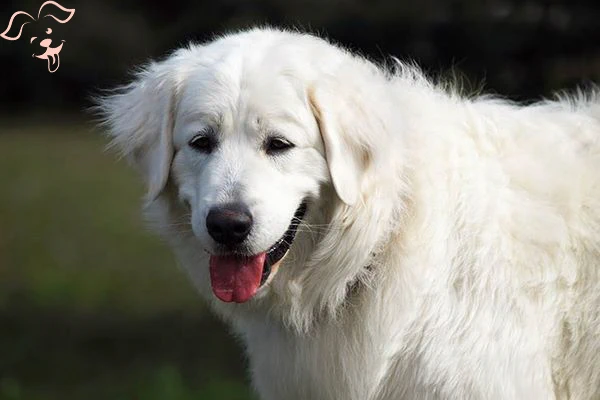
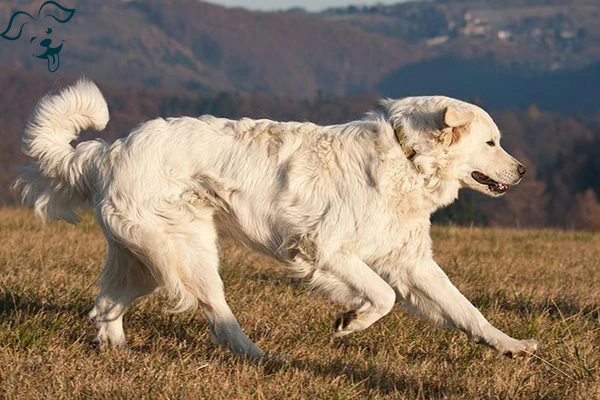
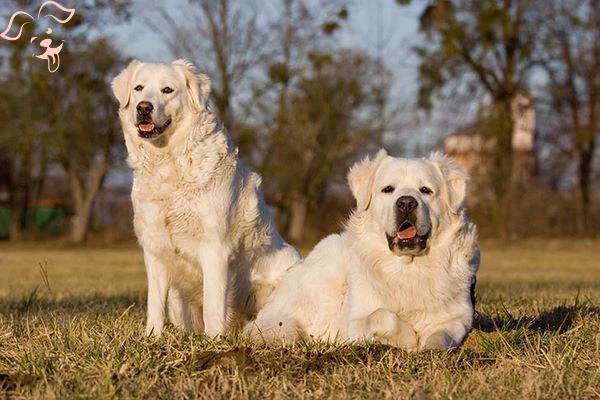









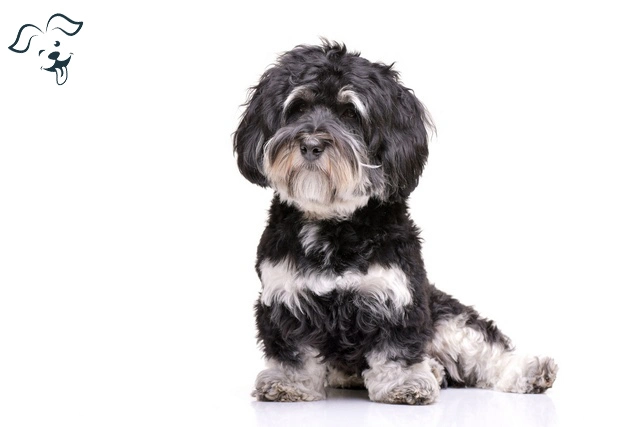
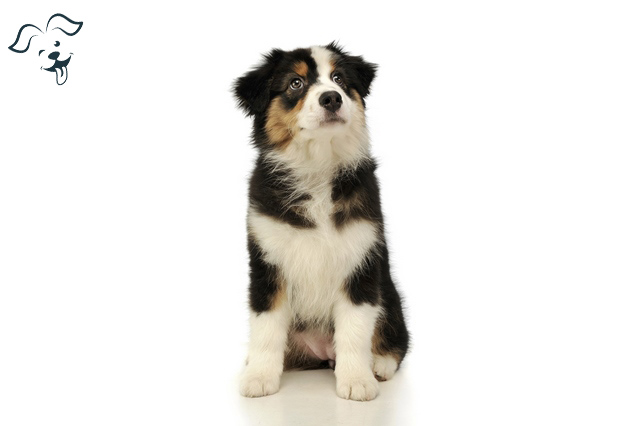
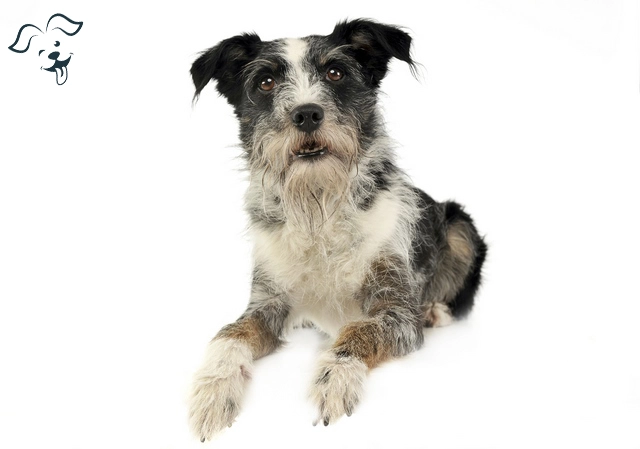
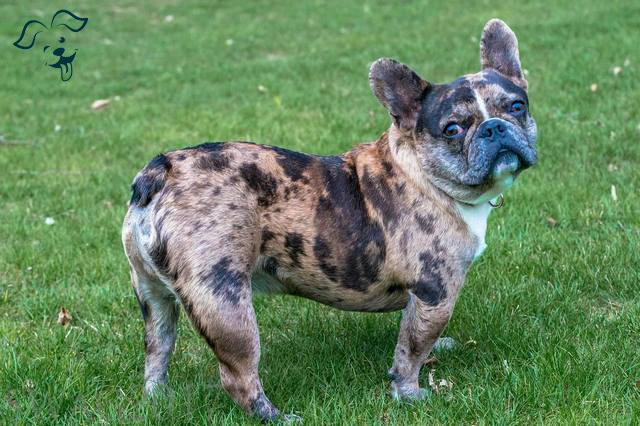
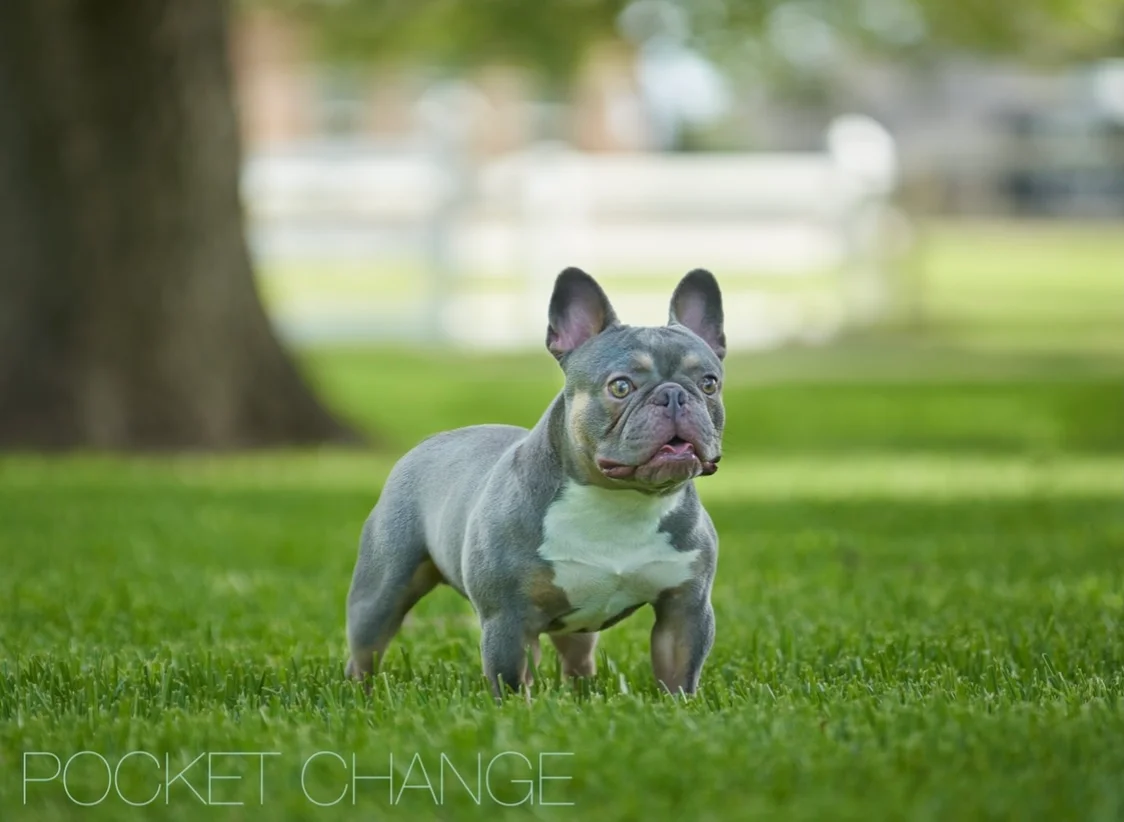
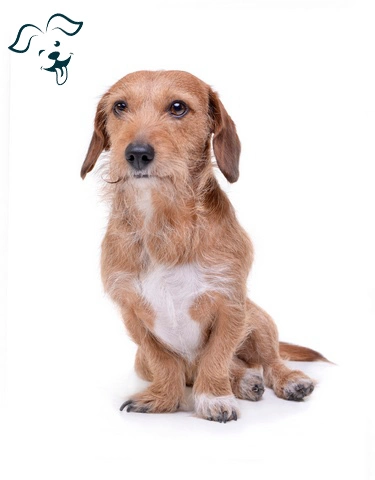
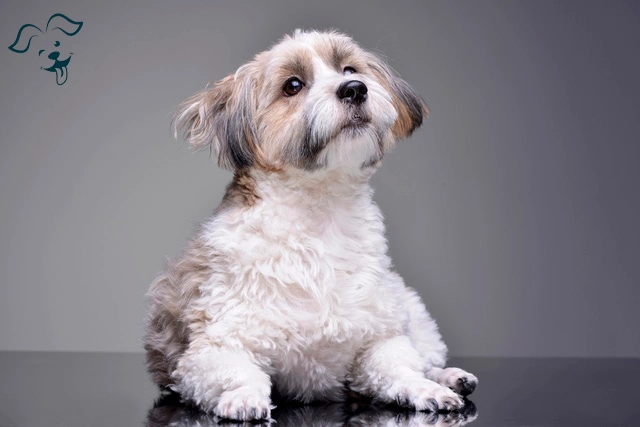

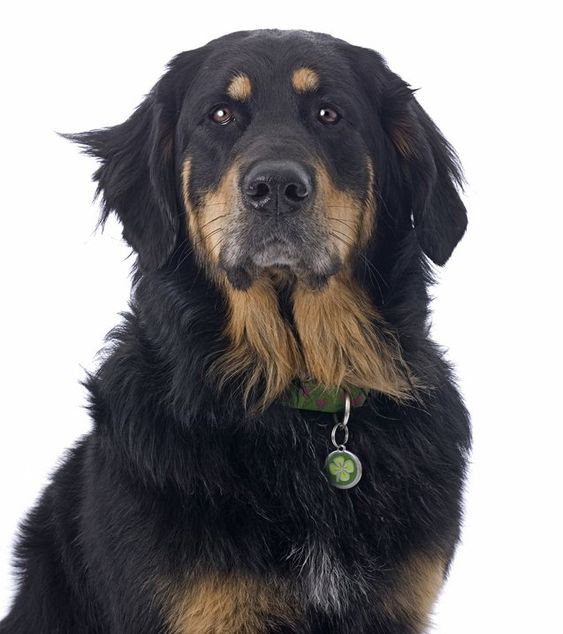
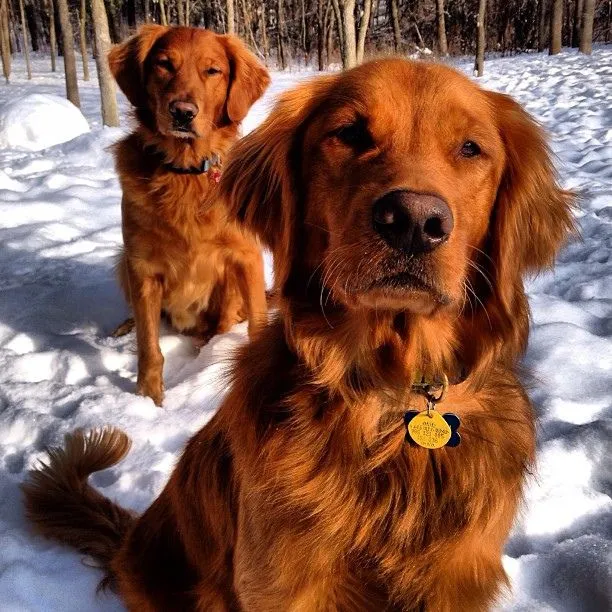

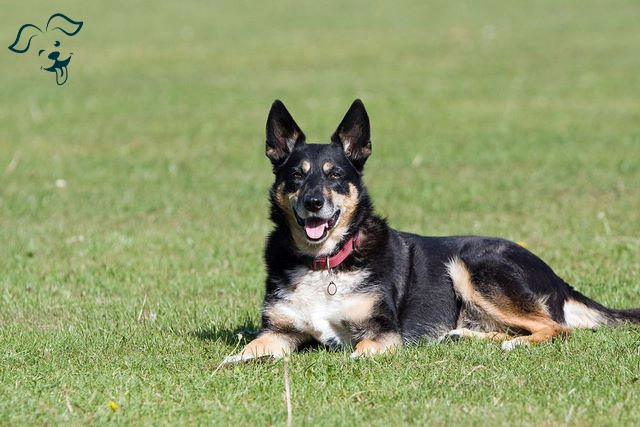
FRIENDLINESS
LIVELINESS
VIGILANCE INTENSITY
ADAPTATION CAPACITY